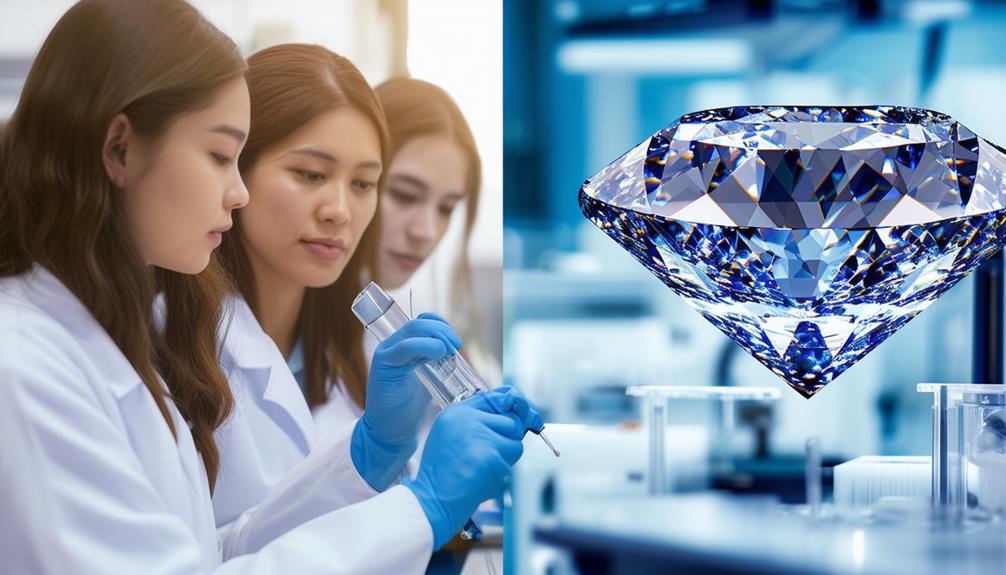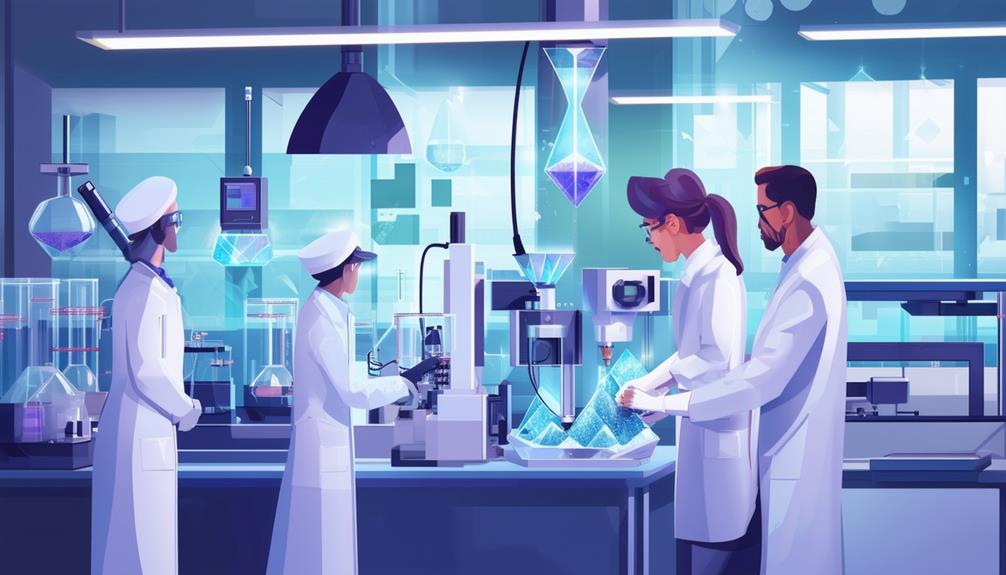
by Andrew Wilson | May 17, 2024 | Synthetic Diamond Creation Techniques
Synthetic diamonds, while significantly less harmful to the environment compared to mined diamonds, still incur environmental costs that merit attention. These lab-grown gems need substantial energy, particularly 250-750 kWh per carat, due to the... 
by Andrew Wilson | May 13, 2024 | Synthetic Diamond Creation Techniques
Synthetic diamond production offers several environmental benefits. This method significantly reduces greenhouse gas emissions compared to traditional mining, as it utilises precise energy control technologies that often incorporate renewable energy sources.Water... 
by Andrew Wilson | May 10, 2024 | Synthetic Diamond Creation Techniques
Synthetic diamonds, made using High Pressure High Temperature (HPHT) and Chemical Vapor Deposition (CVD) methods, provide a more environmentally friendly option compared to traditional diamond mining. These techniques use fewer natural... 
by Andrew Wilson | May 6, 2024 | Synthetic Diamond Creation Techniques
In the field of synthetic diamond production, five cost-effective techniques have emerged as leaders.The High Pressure High Temperature (HPHT) method uses extreme pressures and temperatures to convert graphite into diamonds, employing advanced presses... 
by Andrew Wilson | May 3, 2024 | Synthetic Diamond Creation Techniques
Ever wondered about the price tag behind lab-grown diamonds? The costs can vary significantly, depending on how they’re made. Imagine this: one method demands specialized, energy-guzzling equipment, while another promises sustainability and affordability. But... 
by Andrew Wilson | Apr 29, 2024 | Synthetic Diamond Creation Techniques
Our Quick Answer Lab-grown diamonds are expensive because they require advanced technology and skilled workers to create diamonds that look like natural ones. These high-tech methods and expert care drive up the cost, even though the diamonds are made in a lab. The...






